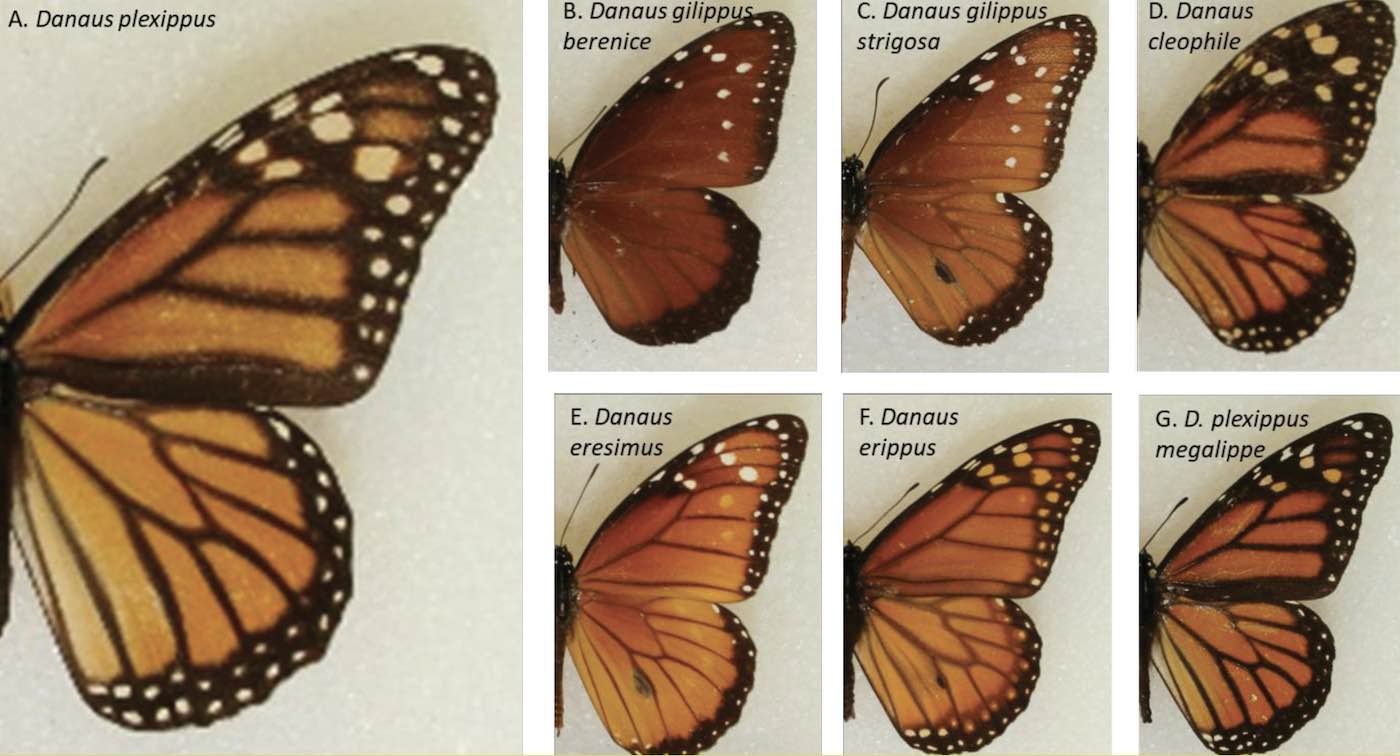- Feb 5, 2002
- 184,006
- 67,162
- Country
- United States
- Gender
- Female
- Faith
- Catholic
- Marital Status
- Married
- Politics
- US-Others
Monarchs are the only insects to attempt such a massive trek as the one from Canada to Mexico—and the success of this butterfly’s 3,000-mile journey may come down to how many white spots are on their wings.
A new study by University of Georgia researchers suggests that the butterflies with more white spots are better at reaching their long-distance wintering destination.
Although it’s not yet clear how the spots aid the species’ migration, it is believed the spots change airflow patterns around the wings.
For thousands of years, the orange-winged wonder has been traversing North America to spend the winter in oyamel fir trees in the mountain forests in south and central Mexico.
How an animal with a brain the size of a poppy seed navigates to this one special place has baffled ecologists for decades.
Continued below.

 www.goodnewsnetwork.org
www.goodnewsnetwork.org
A new study by University of Georgia researchers suggests that the butterflies with more white spots are better at reaching their long-distance wintering destination.
Although it’s not yet clear how the spots aid the species’ migration, it is believed the spots change airflow patterns around the wings.
For thousands of years, the orange-winged wonder has been traversing North America to spend the winter in oyamel fir trees in the mountain forests in south and central Mexico.
How an animal with a brain the size of a poppy seed navigates to this one special place has baffled ecologists for decades.
Continued below.

Great Monarch Migration Seems to Owe Success to White Spots on the Butterfly's Wings
The success of monarchs on their 3,000-mile journey may come down to how many white spots are on the butterfly's wings.
 www.goodnewsnetwork.org
www.goodnewsnetwork.org

